Policy Glossary
Anti-Racism
The process of unlearning racist ideas, racial hatred, and racial bias to create laws, policies, practices, and procedures that embed equity and justice into every action.
- 810.005 - Equity, Diversity, Inclusion, Respect, and Anti-Racism
See other terms | Download policy
Bias
Judgment or preference toward or against a person or group of people.
• Implicit/Subconscious Bias - Attitudes/stereotypes that affect our understanding, actions, and decisions in an implicit manner. These biases, which encompass both favorable and unfavorable assessments, are activated involuntarily and without an individual’s awareness or intentional control. Residing deep in the subconscious, these biases are different from known biases that individuals may choose to conceal for the purposes of social and/or political correctness.
• Explicit/Conscious Bias - Biases we know we have and use on purpose.
- 810.005 - Equity, Diversity, Inclusion, Respect, and Anti-Racism
See other terms | Download policy
Bullying
Seek to harm, intimidate, or coerce (someone perceived as vulnerable).
- 280.100 - Acceptable Use of Technology
See other terms | Download policy - 810.005 - Equity, Diversity, Inclusion, Respect, and Anti-Racism
See other terms | Download policy
Disparaging Terms
Terms used to degrade or connote negative statements pertaining to race, color, gender, national origin, or religion (e.g., verbal statements, printed material, visual material, signs, symbols, posters, insignia).
- 810.005 - Equity, Diversity, Inclusion, Respect, and Anti-Racism
See other terms | Download policy
Diversity
Any difference whatsoever for every single person. A person retains their individuality and brings diversity of thought, experience, and traits, seen and unseen, to a team or organization.
- 810.005 - Equity, Diversity, Inclusion, Respect, and Anti-Racism
See other terms | Download policy
Equality
The state of being equal; providing every person the same resources.
- 810.005 - Equity, Diversity, Inclusion, Respect, and Anti-Racism
See other terms | Download policy
Equality vs. Equity
Although both promote fairness, equality achieves this through treating everyone the same regardless of need, while equity achieves this through treating people differently based on need.
- 810.005 - Equity, Diversity, Inclusion, Respect, and Anti-Racism
See other terms | Download policy
Equity
Developing policies and procedures that distribute and prioritize resources to those who have been historically and currently marginalized, including tribes. It requires eliminating barriers and systems of inequality so every person has full access to the opportunities, power, and resources they need to achieve their full potential.
- 810.005 - Equity, Diversity, Inclusion, Respect, and Anti-Racism
See other terms | Download policy
Inclusion
Creating an environment where everyone can be themselves, feel that they are able to contribute their views, and that these views will be valued. For example: Equality is getting invited to the room, diversity is getting a seat at the table, equity is having what you need to get into the room and to the table, and inclusion is sharing your views and being seen and heard while at the table.
- 810.005 - Equity, Diversity, Inclusion, Respect, and Anti-Racism
See other terms | Download policy
Marginalization
The social process of relegating and treating a person or group to a powerless, insignificant, or peripheral position where they are prevented from participating fully.
- 810.005 - Equity, Diversity, Inclusion, Respect, and Anti-Racism
See other terms | Download policy
Privilege
An unearned benefit, position, power, right, or advantage granted or available only to a person or group. Privilege may be based on ability, age, class/economic status, color/race, ethnicity/national origin, religious beliefs, and/or sexual orientation/gender identity.
- 810.005 - Equity, Diversity, Inclusion, Respect, and Anti-Racism
See other terms | Download policy
Respect
A feeling or understanding that someone or something is important, valued and should be treated in a dignified way.
- 810.005 - Equity, Diversity, Inclusion, Respect, and Anti-Racism
See other terms | Download policy
Systemic/Structural/Institutional Racism
Systems and structures (e.g., economic, political, social, cultural) that have procedures or processes that disadvantage Black, indigenous/Native American, and other people of color. It is the collective failure of an organization to provide an appropriate and professional service to people because of their color, culture, or ethnic origin. It creates disparities in many "success indicators" (e.g., wealth, the criminal justice system, employment, housing, health care, political power, education).
- 810.005 - Equity, Diversity, Inclusion, Respect, and Anti-Racism
See other terms | Download policy

